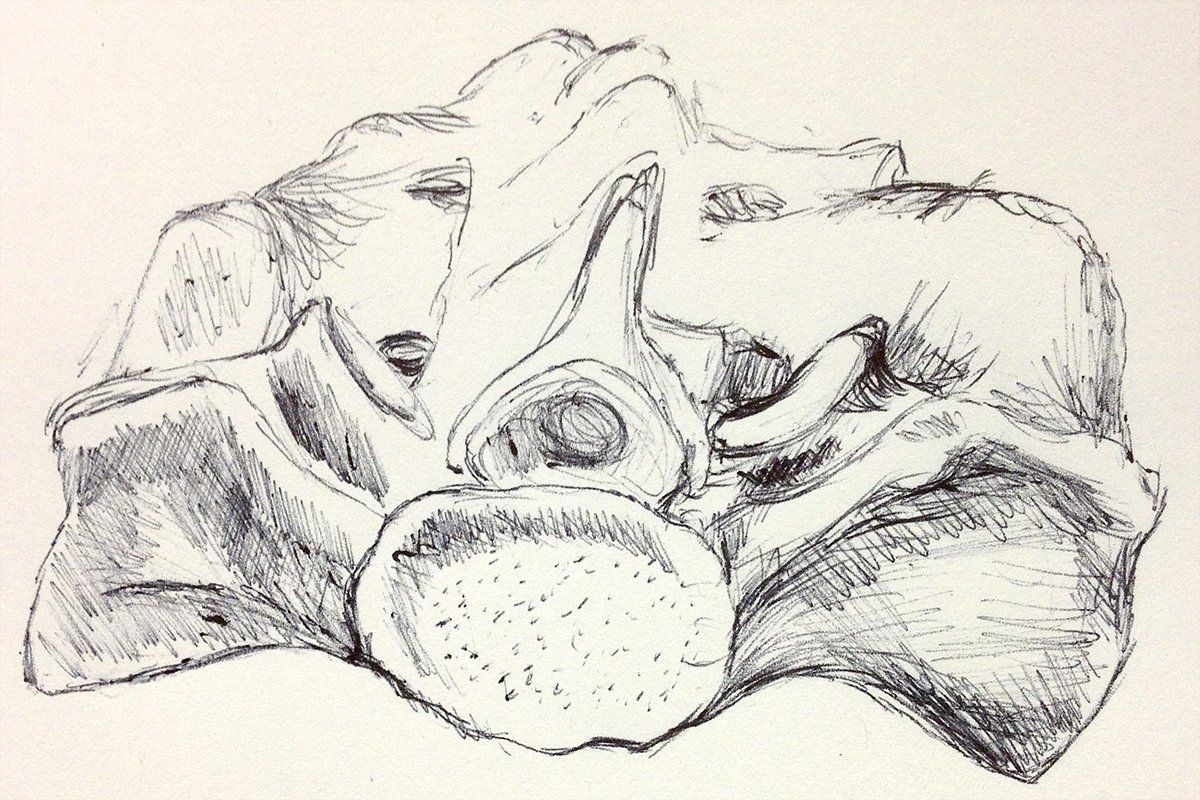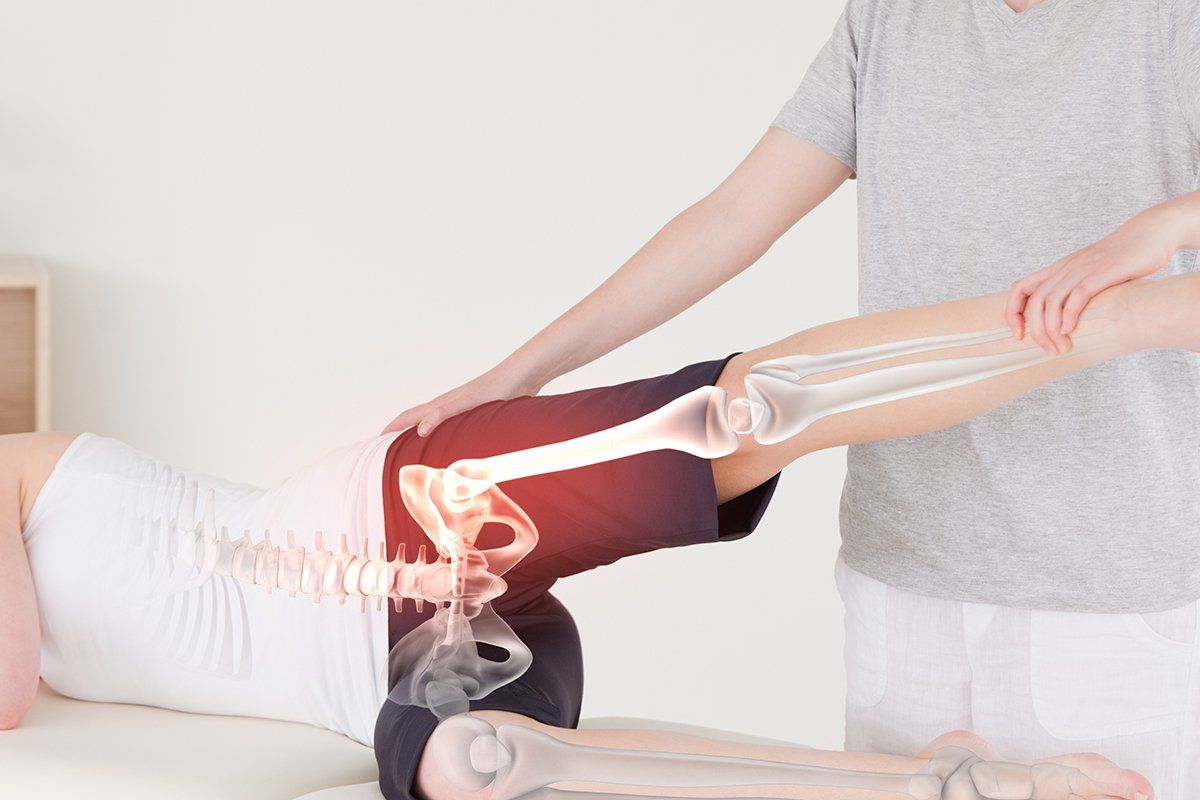17. Hermeneutic Healthcare: Meaning / Materiality

Previously, I have discussed the concept of meaning in hermeneutic healthcare as an ontological partner to being – to have existence is to be engaged in sense-making (with meaning as the property that emerges from the interaction between a being and its environment). In this post, I am going to consider the structure of meaning as it pertains to health, particularly within a healthcare context, by discussing its ontology within two contrasting healthcare models (with an upfront caveat that these models are crude simplifications).
In the first, the positivist model, I explain that what is often meaningful to the patient, may be shoved aside. In the second, the phenomenological model, I explain that understanding what is meaningful to the patient, is key to medical practice. In healthcare (within the western world of biomedicine), there will be times when inhabiting the positivist model is necessary, inevitable and in any case preferred by the patient. There will be times, however, when the phenomenological model is more useful. I am interested in how we as healthcare practitioners, bridge the two models.
In the positivist model, ‘fact’ and ‘truth’ are not deemed to be human constructs, or context-bound, but to be unarguable. It is the work of science to come as close as possible to establishing fact. Medical research has the goal of showing that some intervention either works, or it doesn’t. Human feelings about treatment preferences are these days considered important, particularly in the realm of discussing side-effects, alternatives interventions and ‘compliance’ / ’adherence’ (yes, these terms are still widely used). They are, however, considered of peripheral importance when it comes to the work of establishing facts about what works. The meaning that a patient attaches to their health, their illness, their treatment and their recovery (or otherwise) is very rarely factored into the positivist model.
Physicians, surgeons and nurses who offer empathic care to their patients have not – in the past – been advised to speculate too deeply about what is meaningful to a patient. This thread of medical care, compassion and empathy can be considered patient-centred – to a degree: there is a human-to-human aspect of concern for patient wellbeing, and this can alleviate the experience of many patients who receive biomedical care. The fundamental ontology, however, remains one in which medical science predominates as the arbiter of fact; human interpretations are deemed irrelevant to scientific truth.
In the phenomenological model, ‘fact’ and ‘truth’ are always deemed to be contingent and situated, features of a lifeworld. Science is a strand of human ingenuity, and has its rules, its structures and its own historicity. The conglomeration between the methods of science and the healing arts has a long human history, and, in the west, it is sometimes hard to see past our immersion in the positivist (or call it post-positivist, or even constructivist, if you like) paradigm that structures our access to an experience of health.
Taking a side-step into an interpretative paradigm, such as phenomenology, allows for the fore-grounding of what is important to a patient – their lived experience, within their lifeworld. In many cases (perhaps the majority), the needs and wants of patients are met more than adequately within the positivist framework: the understanding a patient has of their body is formed by the same positivist epistemology as that which has formed medicine. They trust medicine and they feel cared for by their doctors and nurses. Healthcare interventions are administered in a spirit of utilitarian good will, and patients ‘have faith’ that they will work.
But consider the experiences of patients and doctors when the positivist model is inadequate to answer the needs of patients. Such as those who are sent away with ‘functional’ diagnoses, or whose symptoms are deemed inexplicable (labelled inelegantly and unimaginatively ‘medically unexplained’), those who wish to make choices that make sense to them within their own cultural paradigms, or those for whom their healthcare choices attract the ire of positivists. And what about those whose experiences of medicine have not been as benign and neutral as they expected? It is sobering to read about the gender gap between men’s and women’s experience of medicine and health outcomes (in the UK) discussed in 2021 in the UK Parliament.
I suggest we build more bridges between the positivist and phenomenological models of healthcare – hermeneutic bridges as I like to consider them. Bridges that consist of work undertaken by patients and their healthcare practitioners, to establish what is meaningful - what is ‘material’ - as featured in the landmark UK healthcare 'communication and consent' case, Montgomery (2015).
So, it is heartening to know that, certainly within allied spheres of healthcare such as osteopathy, we are engaged in efforts to equip ourselves with the skills to help our practitioners and patients ‘make sense’ of their symptoms and their options. We are already turning to psychological frameworks, narrative methods and person-centred practice. My hope is that we will continue to enrich our hermeneutic skills as practitioners, so that we are always attuned to what is meaningful or material for our patients - and that we see them not only as understanding beings (Svenaeus, 2000, p. 147) but self-understanding beings, within their own unique lifeworlds.
In my next post...
I will extend this discussion with some examples from research and practice.
You might also like...




